Liberty turns 140! Taking inspiration from its celebratory 140 Reasons to Love Liberty magazine, the AnOther team has selected a few lessons we might learn
Ask any aficionado of British style for his or her first thoughts on hearing the word Liberty, and you’ll be met with a barrage of multi-sensory experiences, stretching from the earliest nostalgic memories of the Rug Room and the Beauty Hall, all the way through to unplanned shopping excursions which happened just last week. A department store it may be, but over the past century or so Liberty’s mock Tudor façade has grown synonymous with quality, eclecticism, style and craftsmanship, amassing legions of loyal customers and collaborators. It is a monument standing at the heart of the British high street, and its prestige cannot be overstated.
This year the revered department store reaches its 140th anniversary, and to celebrate this magnificent milestone we’re learning a few lessons from the store. Trips to the Orient, Royal Naval references and floral prints ensue.
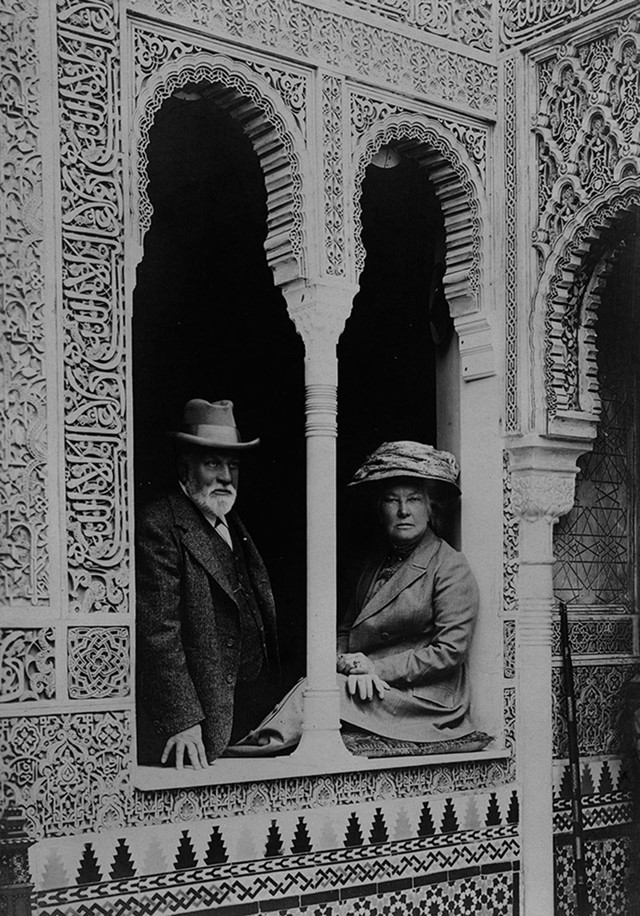
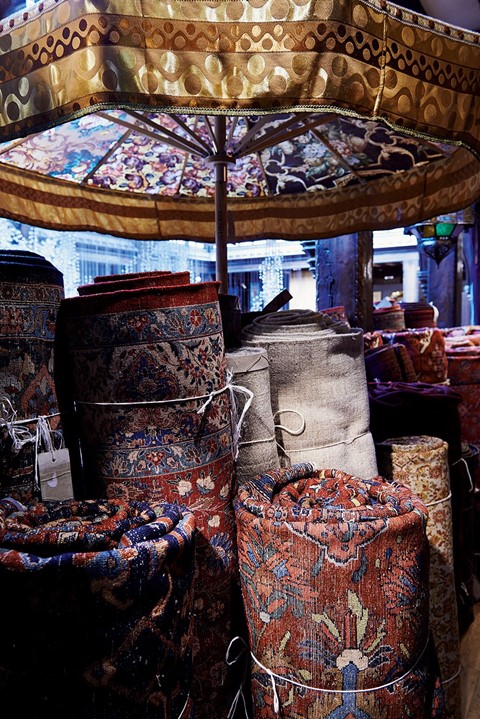
1. Discover your passion, and run with it
When it first opened its doors on May 15th 1875, Arthur Lasenby Liberty’s eponymous store was not eponymous at all; rather, it was known as East India House, and modelled on the Eastern Bazaars the Buckinghamshire-born tradesman had encountered on his many travels. “His was an enterprising spirit,” managing director Ed Burstell says of the store’s founding father. “He travelled from the Eastern Mediterranean to Japan, bringing back exceptional finds from afar.”
To begin with, these exceptional finds consisted mainly of imported fabrics which symbolised Britain’s empire abroad – soft wools and fine cottons from Kashmir, India, and beautiful hand-painted silks from China and Japan. This eclectic but carefully curated collection, coupled with Liberty’s unerring eye for quality, quickly made the store a resounding success with London’s aesthetes, including the likes of Dante Gabriel Rossetti and Oscar Wilde, who famously remarked, “Liberty is the chosen resort of the artistic shopper.”
Today Liberty’s rich history as a place in which customers could encounter the most exotic corners of the globe under one roof informs every element of the institution, from the Oriental Rug Room on the fourth floor, which features more than 4,000 handpicked one-off pieces, to the store’s enchanting and distinctive bazaar-style layout. Liberty’s passion for travelling and collecting underpins the institution, and continues to draw shoppers seeking inspiration today.
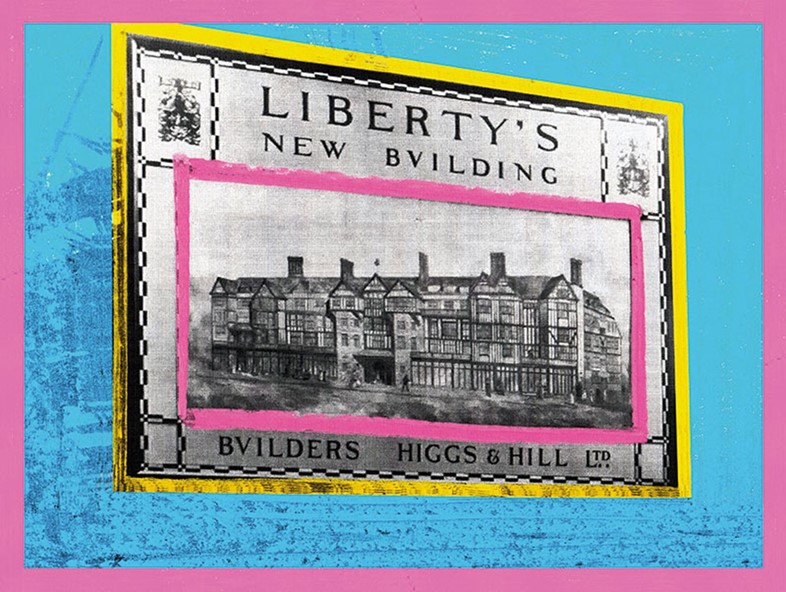
2. Recycling is chic, and nautical themes even more so
Great Marlborough Street’s towering mock-Tudor façade, a reassuringly traditional grid of black and white at the centre of London’s ever-evolving skyline, is arguably the most recognisable shopfront London’s capital possesses, and yet comparatively few know the full story behind those famed beams. Designed by Edwin T. Hall and his son in 1924, the building was constructed from the timber of two Royal naval battleships, HMS Impregnable and HMS Hindustan. The result? British patriotism is built into the very structure of the store.
The nautical theme doesn’t stop with the store’s structure. The building’s frontage is also the exact same height as the Hindustan, and nautical references, from the occasional smattering of blue and white tiles and scale model of the Mayflower which forms the building’s weathervane to the wooden sailing ships carved into many of the building’s doorways, permeate the structure.
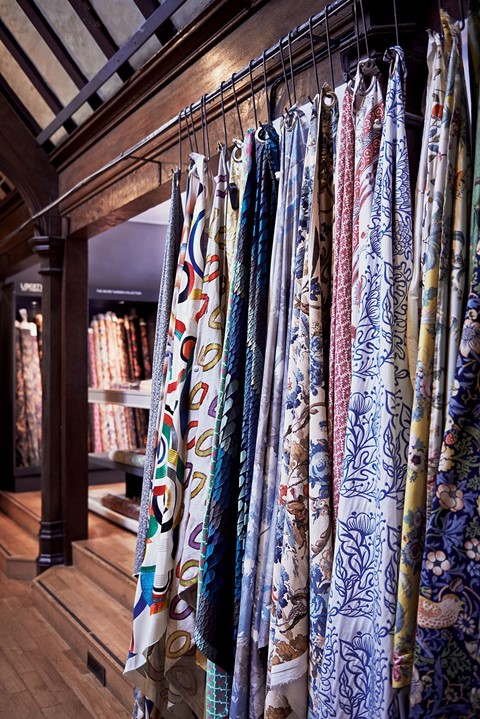
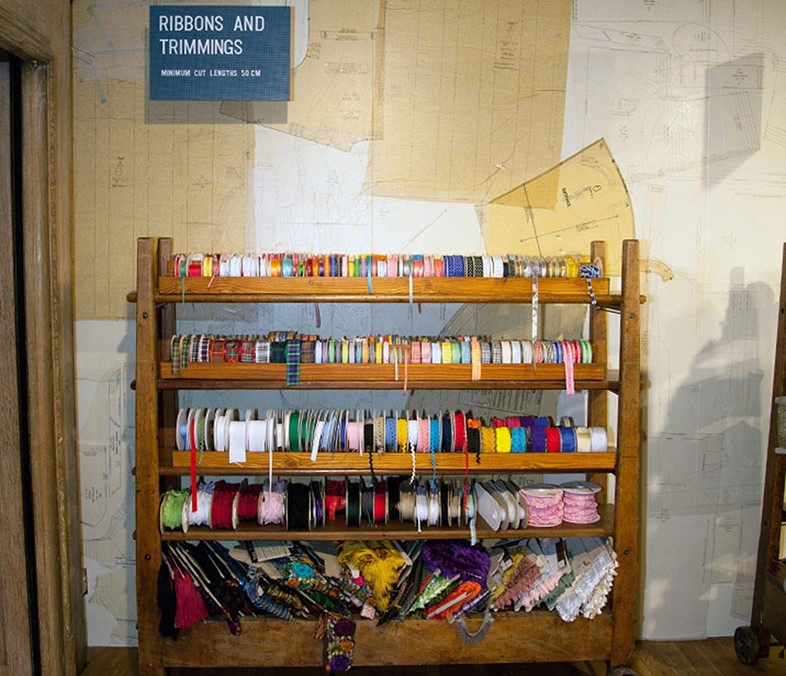
3. If you can’t find what you’re looking for elsewhere, create it yourself
Fuelled by a passion for decorative garments which originated in his early apprenticeship with Farmer & Roger’s Great Shawl and Clock Emporium, Arthur Liberty was an avid aficionado of Indian printing techniques, but he found that the delicate dyes traditionally used in that part of the world were to fragile to maintain their quality. His solution? In 1904 he purchased a printing mill, and began importing plain, undyed fabrics, which were then handprinted in England in his favoured exotic hues.
This clever move marked Liberty’s rebirth as a British-manufactured brand, allowing Liberty to cultivate relationships with a diverse collection of designers, and sparking the store’s enduring reputation as the country’s leading authority on print. As Chloë Sevigny puts it, “The colour palette, the delicacy of the printing, the cottons – who does floral prints better than Liberty?”
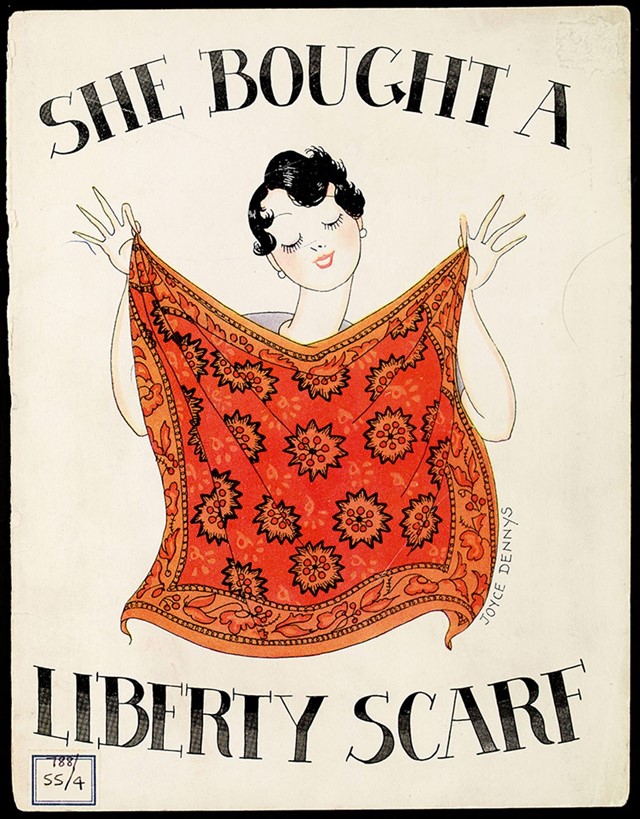
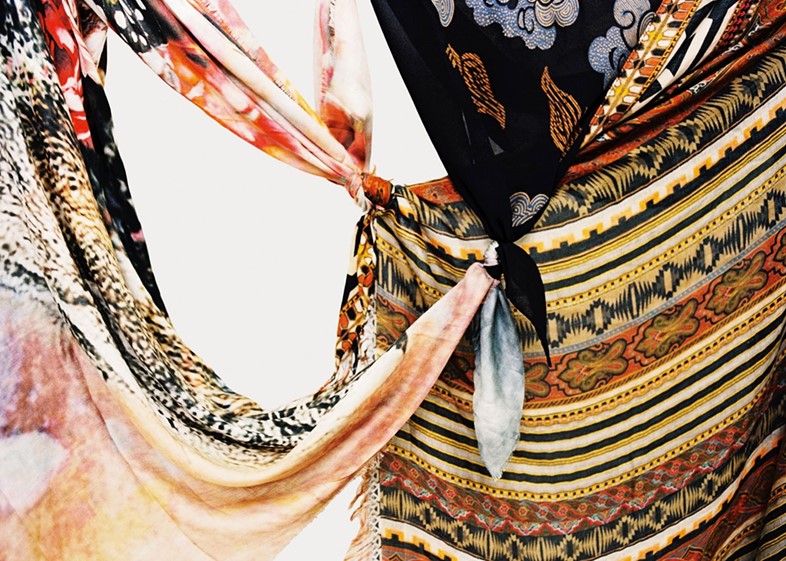
4. A little colour goes a long way
By the 1920s, Liberty had taken the growing fashion for lightweight silk scarves and claimed it as its own with a multitude of vibrant designs, which distilled the brand’s design history, being produced concurrently in both merton and Lancashire. The pinnacle of London fashions, the scarf collection became an affordable means of transforming one’s outfit, particularly in the sombre grey of postwar Britain.
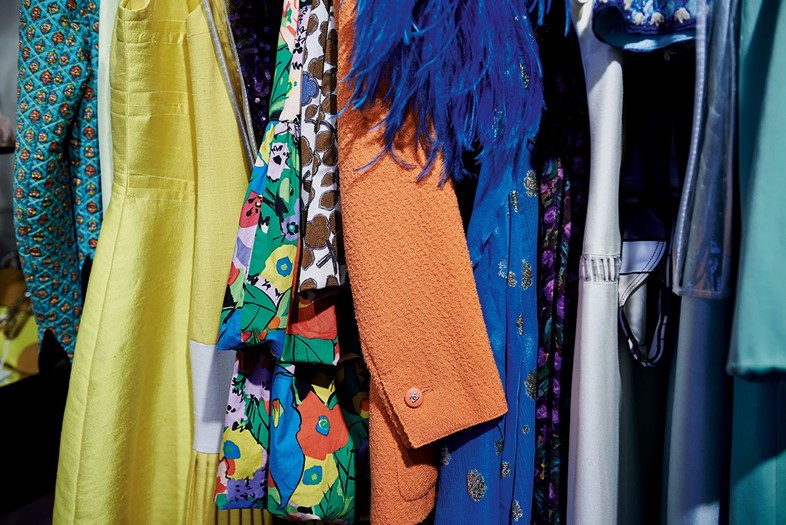
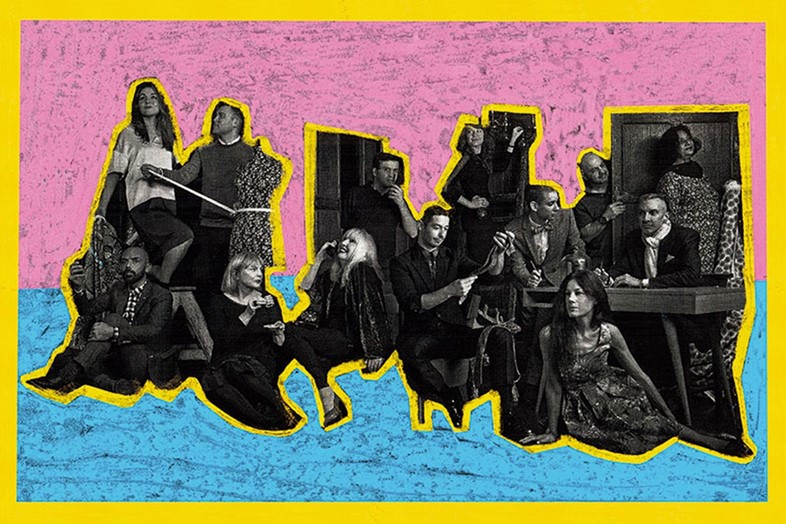
5. Collaborate with likeminded individuals
From Arthur Liberty’s early relationships with the pioneering Art Nouveau set of the 1890s, to the store’s more recent collaborations with the likes of Kenzo, Hermès and Saint Laurent, Liberty is testament to the fact it’s not what you know, it’s who you collaborate with. Nowadays, the store plays host to one of the best-respected collections of designers housed anywhere in the the world, from the artisanal and independent, to the world-renowned. The one thing they all share is an attention to detail, which allows only the highest quality production to reach the shelves. “Surely there can’t be another shop that has such a strong sense of ideology, a moral commitment to craft, ideas, standards and civility – as well as beauty,” states Penny Martin of The Gentlewoman.

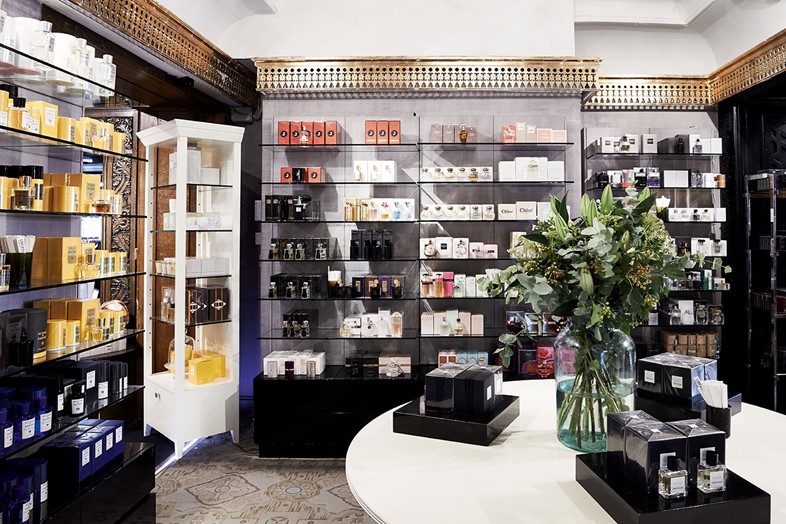
6. Never under-estimate the potent power of fragrance
Who could pass by the fragrant stone arches on Great Marlborough Street, bedecked with bouquets, bushes and horticultural treats, and not find their feet leading them into the Beauty Hall and the Perfume Room beyond? Liberty’s fascination with floral scents begins with Wild at Heart, the feted British florist responsible for vibrant, contemporary arrangements in the atrium, and lead all the way trough to the Perfume Room, which houses an informed collection of cult fragrances, such as Frederic Malle's Potrait of a Lady and Byredo's limited-edition 1996, scarcely found in one place.
Liberty in Fashion will be at London's Fashion and Textile Museum from October 9th until February 28th 2016.
Share your favourite memory of Liberty using #MyLiberty by October 9 for the chance to be published in a commemorative anniversary book.
